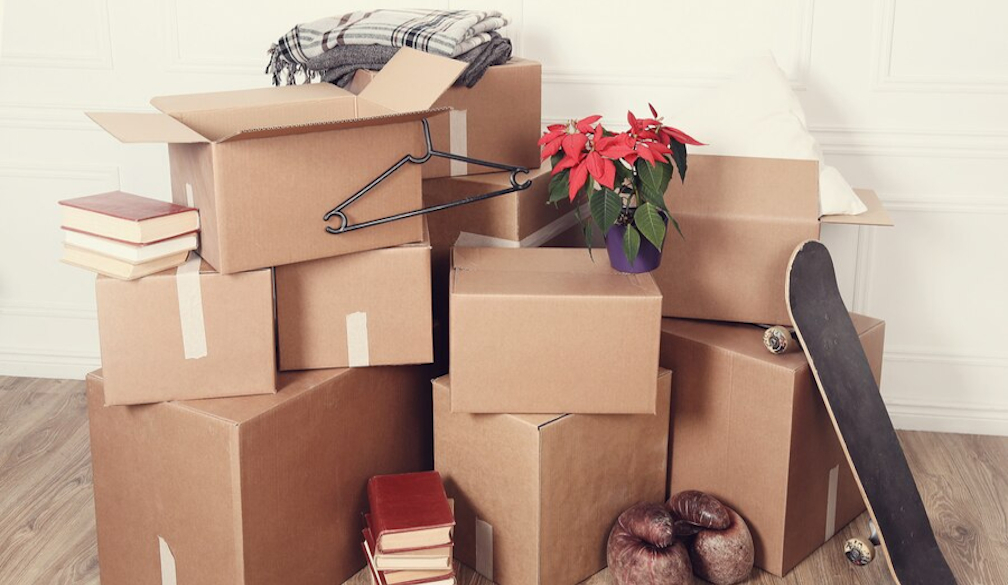The Ubiquitous Cardboard Box: A Staple in Everyday Life

Cardboard boxes are more than just simple storage or shipping tools. They have become an integral part of modern living, touching almost every industry and home. From packaging delicate items to facilitating large-scale moves, these versatile containers play a crucial role in keeping the world organised and efficient.
What Are Cardboard Boxes Made Of?
Cardboard boxes are primarily made from paper-based materials, such as corrugated fiberboard or solid cardboard. Corrugated boxes, the most common type, consist of three layers: an inner liner, an outer liner, and a fluted medium sandwiched between them. This design provides durability and cushioning, making them ideal for shipping and protecting goods.
On the other hand, solid cardboard is a denser material often used for smaller boxes, like those for electronics or gift packaging. Both types are lightweight, recyclable, and highly customisable, making them a sustainable and adaptable choice.
Types of Cardboard Boxes
There are various types of cardboard boxes, each designed for specific purposes. Here are some of the most popular ones:
1. Regular Slotted Containers (RSC)
The RSC is the most commonly used cardboard box. Its simple design with flaps on both ends makes it ideal for a wide range of applications, from shipping to storage.
2. Die-Cut Boxes
These boxes are customised to fit specific shapes and sizes. They are often used for specialised products like bakery items, promotional kits, or unique product packaging.
3. Folding Cartons
Used for consumer goods like cereal boxes or cosmetic packaging, folding cartons are made from solid cardboard and offer a sleek, compact design.
4. Rigid Boxes
Unlike the collapsible RSC or folding cartons, rigid boxes are sturdy and non-collapsible. They’re frequently used for luxury items like high-end smartphones or jewellery.
5. Heavy-Duty Boxes
These are reinforced with additional layers of corrugated cardboard and are used for heavy or fragile items. They’re popular in industries like automotive and machinery.
Advantages of Cardboard Boxes
Cardboard boxes offer numerous benefits that contribute to their widespread use. Here are some of their key advantages:
1. Lightweight Yet Durable
Cardboard boxes are easy to handle and transport due to their lightweight construction. At the same time, they’re strong enough to protect contents during transit.
2. Cost-Effective
Manufacturing cardboard boxes is relatively inexpensive, which helps keep costs low for businesses and consumers alike.
3. Eco-Friendly
Made from recycled materials and fully recyclable, cardboard boxes are a sustainable choice for packaging. They contribute to reducing waste and conserving resources.
4. Customizable
Cardboard boxes can be tailored to fit specific dimensions, shapes, and designs, ensuring that products are securely packed and presented attractively.
5. Versatile
From moving homes to storing seasonal decorations, cardboard boxes serve countless purposes beyond their industrial applications.
Creative Uses for Cardboard Boxes
Cardboard boxes aren’t just for packing and shipping; they’re also a canvas for creativity. Here are some innovative ways people repurpose cardboard boxes:
1. DIY Projects
Create storage bins, playhouses, or even furniture from old cardboard boxes. Their flexibility and ease of cutting make them perfect for crafting.
2. Garden Planters
Use cardboard boxes as temporary planters for starting seeds. They’re biodegradable and can be planted directly into the soil.
3. Pet Homes
Cats, in particular, love cardboard boxes. Transform one into a cozy nook or scratching post for your furry friends.
4. Educational Tools
Turn cardboard into teaching aids like flashcards, 3D models, or interactive learning boards for children.
Choosing the Right Cardboard Box
When selecting a cardboard box, consider the following factors:
1. Size
Choose a box that fits the items snugly to prevent shifting during transit.
2. Strength
Opt for corrugated cardboard with the appropriate thickness for heavier or fragile items.
3. Purpose
Whether you need a box for storage, shipping, or display, pick one designed for your specific use case.
4. Sustainability
Look for boxes made from recycled materials and ensure they can be recycled after use.
The Role of Cardboard Boxes in E-Commerce
E-commerce has driven the demand for cardboard boxes to unprecedented levels. With online shopping becoming the norm, businesses rely heavily on cardboard for packaging and delivering goods safely to customers. In addition to protecting products, well-designed boxes also enhance the unboxing experience, leaving a lasting impression on consumers.
Sustainability: The Future of Cardboard Boxes
As environmental concerns grow, the cardboard box industry is innovating to become even more sustainable. Trends include:
- Recycled Content: Increasing the percentage of recycled materials in boxes.
- Biodegradable Coatings: Replacing plastic-based coatings with eco-friendly alternatives.
- Reusable Designs: Creating boxes that can be reused multiple times before recycling.
Conclusion
Cardboard boxes may seem simple, but their impact is profound. They are essential in logistics, retail, and daily life, providing a reliable and sustainable solution for countless needs. Whether you’re shipping a package, organizing your home, or tackling a DIY project, cardboard boxes remain an indispensable part of modern living.



